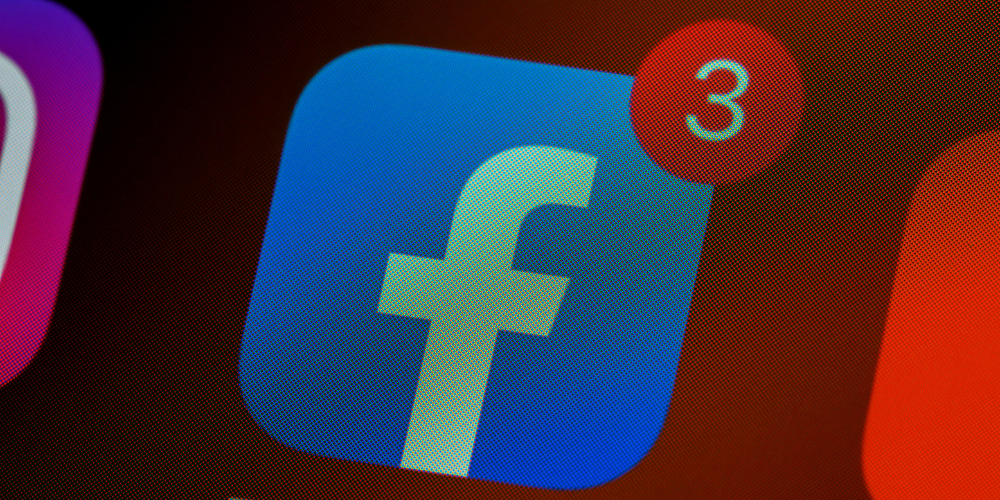
In the digital era of rapid innovation and fleeting social media trends, Facebook's once-cherished 'poke' feature seemed to be a relic of a bygone age. Synonymous with the platform's early, more innocent days, the poke was a simple, mildly ambiguous interaction that, over time, became overshadowed by an ever-growing arsenal of sophisticated tools and apps designed to connect users in more meaningful ways. Yet, recent data has shown that this dated functionality is experiencing a renaissance among a demographic that barely witnessed its inception: today's youth.
The recent uptick in the use of the poke feature is a phenomenon that left many puzzled, considering its relatively low-key presence on the platform for years. Facebook has subtly reworked its user interface, propelling pokes back into the limelight of social interaction. Reports have indicated a staggering 13-fold increase in poke interactions, with a significant portion attributed to young adults between the ages of 18 and 29. This intriguing surge points towards a blend of curiosity, irony, and perhaps a touch of digital nostalgia -- nostalgia for a time that many of these users have never truly experienced firsthand.
What's driving this renewed interest? It's possible that the poke's simplicity and non-committal nature serve as a refreshing departure from the otherwise highly curated and reactive nature of modern social exchanges. Alternatively, it could be the novelty factor for those who never actively used the feature before its decline. In either case, Facebook's strategical highlighting of the poke has incited a conversation about the enduring appeal of straightforward, low-stakes social gestures in an increasingly complex online world.
Pokes now clandestinely surface during searches for friends or at unexpected turns in the navigation panel, awaiting user discovery. Unlike its ephemeral counterpart app that never quite caught fire, the original poke functionality has stubbornly persisted, waiting for its chance to re-enter the zeitgeist. Its current moment in the sun seems to illustrate a broader lesson in social media dynamics: that sometimes features don't need to die; they simply await their turn in the cyclical popularity contest of online culture.
Facebook's poke is staging a quiet comeback, beckoning today's youth with its simple charm and enigmatic purpose. While it might never regain its former status as a tentpole feature of the platform, its sudden spike in use speaks to the unpredictable heartbeat of social media trends. More importantly, it serves as a reminder that old features can find new life in an ever-evolving digital landscape, resonating with audiences in ways creators might never have anticipated. In an environment where the next big thing is always just around the corner, perhaps there's also a place for the familiar, uncomplicated poke from the past.